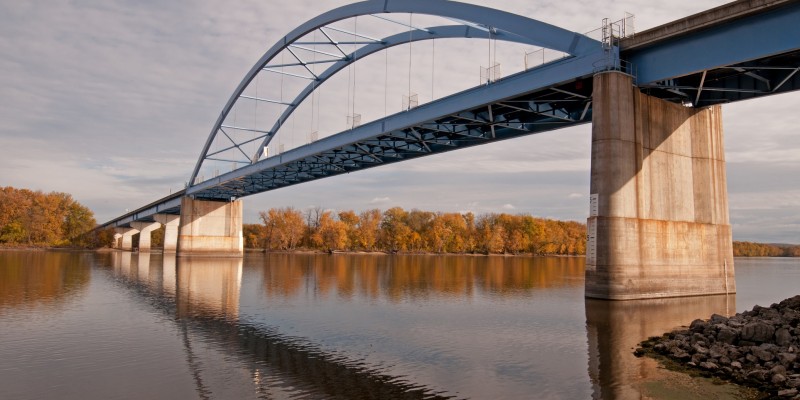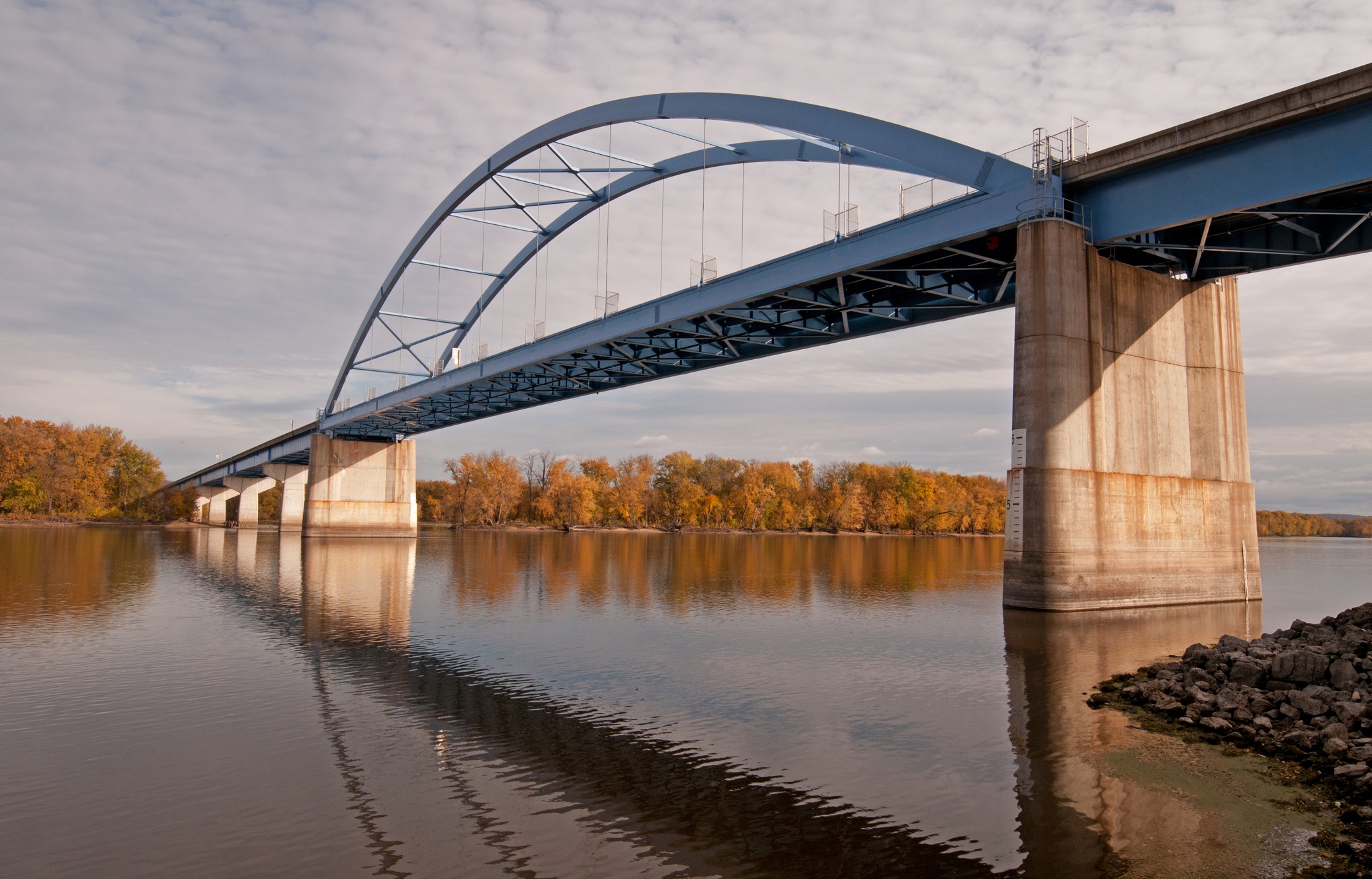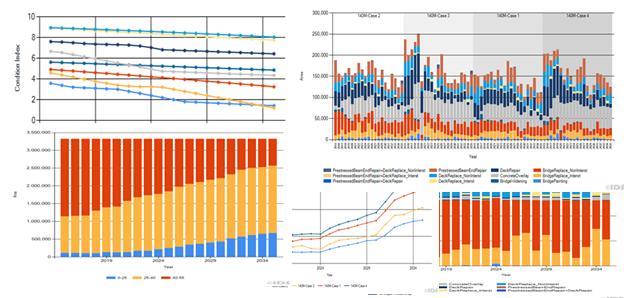Project Description
Client: City of Regina
Location: Regina, Saskatchewan
IDS is working with the City of Regina to develop an optimized risk-based 20-year renewal plan of the City’s drinking water distribution network. IDS is using its WaterNet Optimizer software to generate a network-level optimal renewal plans under a wide range of scenarios, and to analyze the trade-offs among these scenarios to provide evidence-based recommendations on water main replacement and rehabilitation projects over the next 20 years.

Challenge
The City of Regina manages an inventory of over 1,000 km of water mains. The City, like other cities and water utilities, is facing significant challenges due to ageing infrastructure, unprecedented population growth, increasing demand, high customer expectations for levels of service, mounting renewal costs, and more stringent regulatory requirements. The City has been undertaking several initiatives to implement asset management best-practices. This project complements City’s efforts by developing an optimized 20-year risk-based renewal plan that explicitly takes into consideration the impact of renewal decisions on service levels and assesses financial requirements for meeting defined/desired levels of service.
Solution
This project involves the application of WaterNet Optimizer® to develop 20-year optimal renewal plan for small diameter (150-400 mm) asbestos cement and PVC water mains in the City’s network, which constitute approximately 85% of the total network. WaterNet Optimizer® is used to build multi-variate inductive deterioration models to predict probability of water main breaks based on historical break record data, and to define a quantitative risk-based prioritization scheme to rank pipes based on both the probability and consequence of breaks.
A range of renewal planning scenarios are investigated to provide a comprehensive understanding of the impact of various budget profiles on network-wide risk levels and to evaluate budget requirements to achieve desired risk targets. Each scenario is defined by a set of parameters including budget profile, varying annual levels of risk levels, budget splitting among renewal methods, and average annual inflation rate. For each scenario, WaterNet Optimizer® generates optimal annual project lists that define which pipe segment to rehabilitate or replace and which rehabilitation or replacement method to use, subject to defined constraints on condition, risk, and budget. WaterNet Optimizer® is also used to analyze trade-offs between funding levels and system-wide risk levels based on the results obtained from various scenarios.



